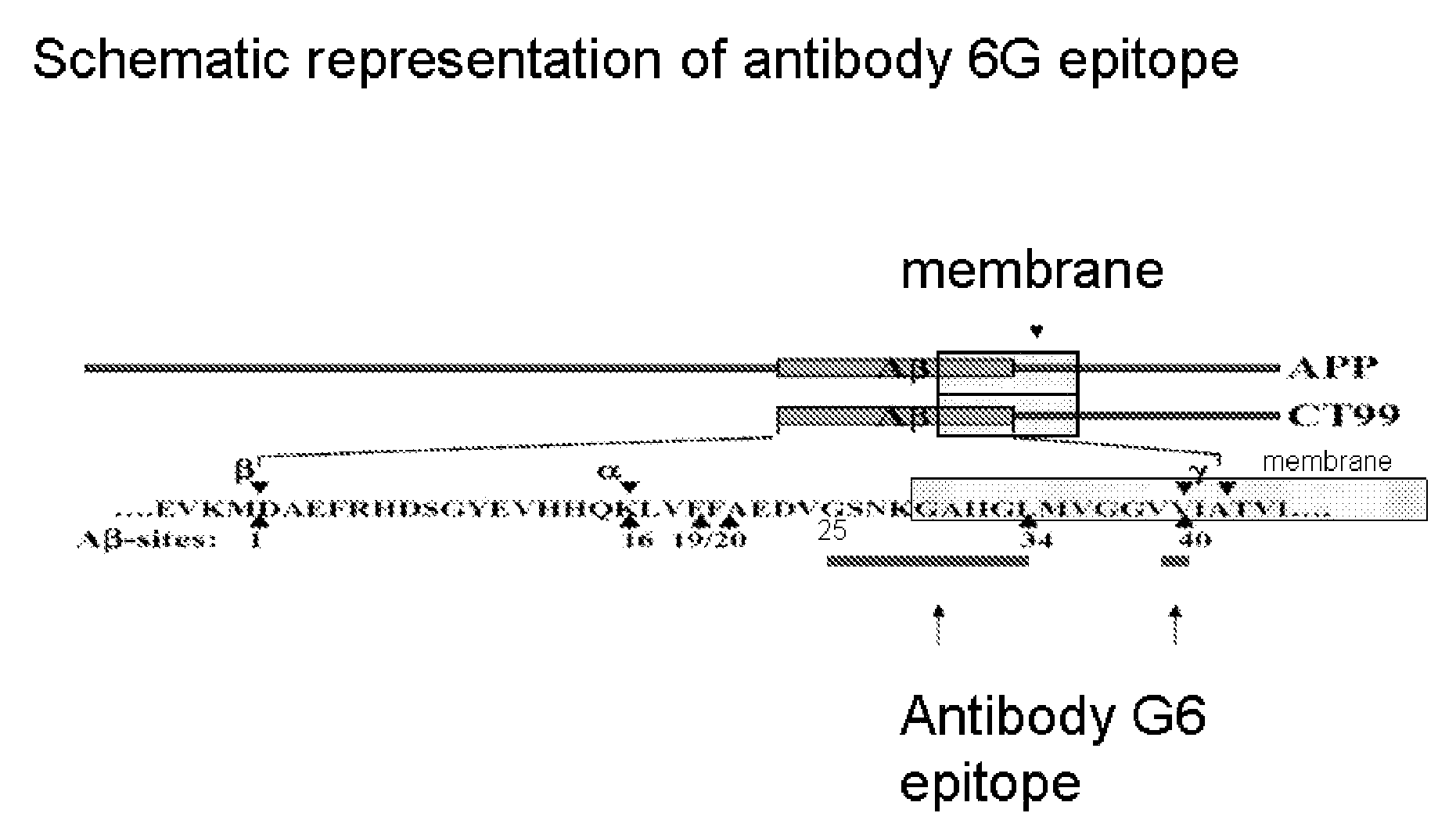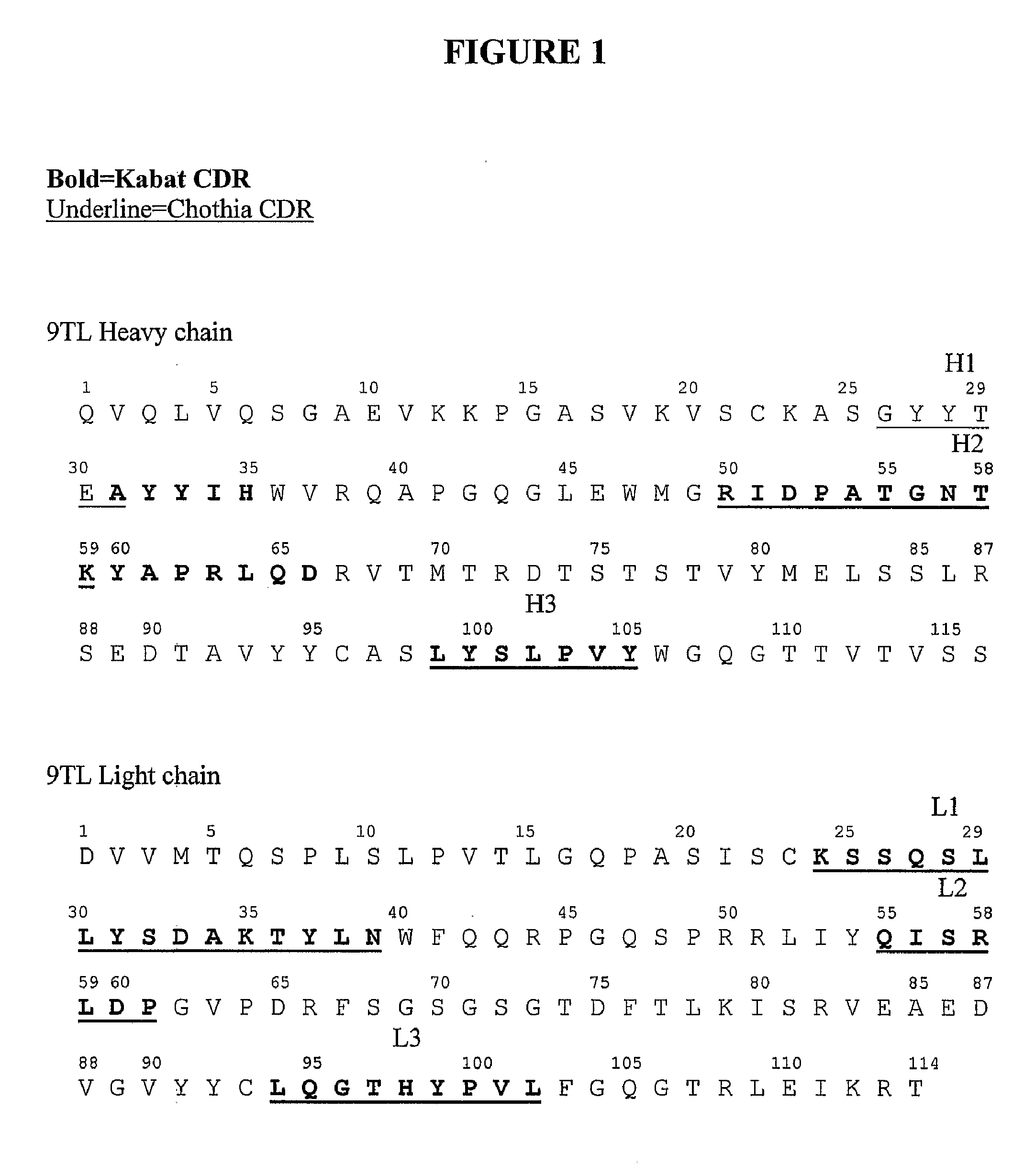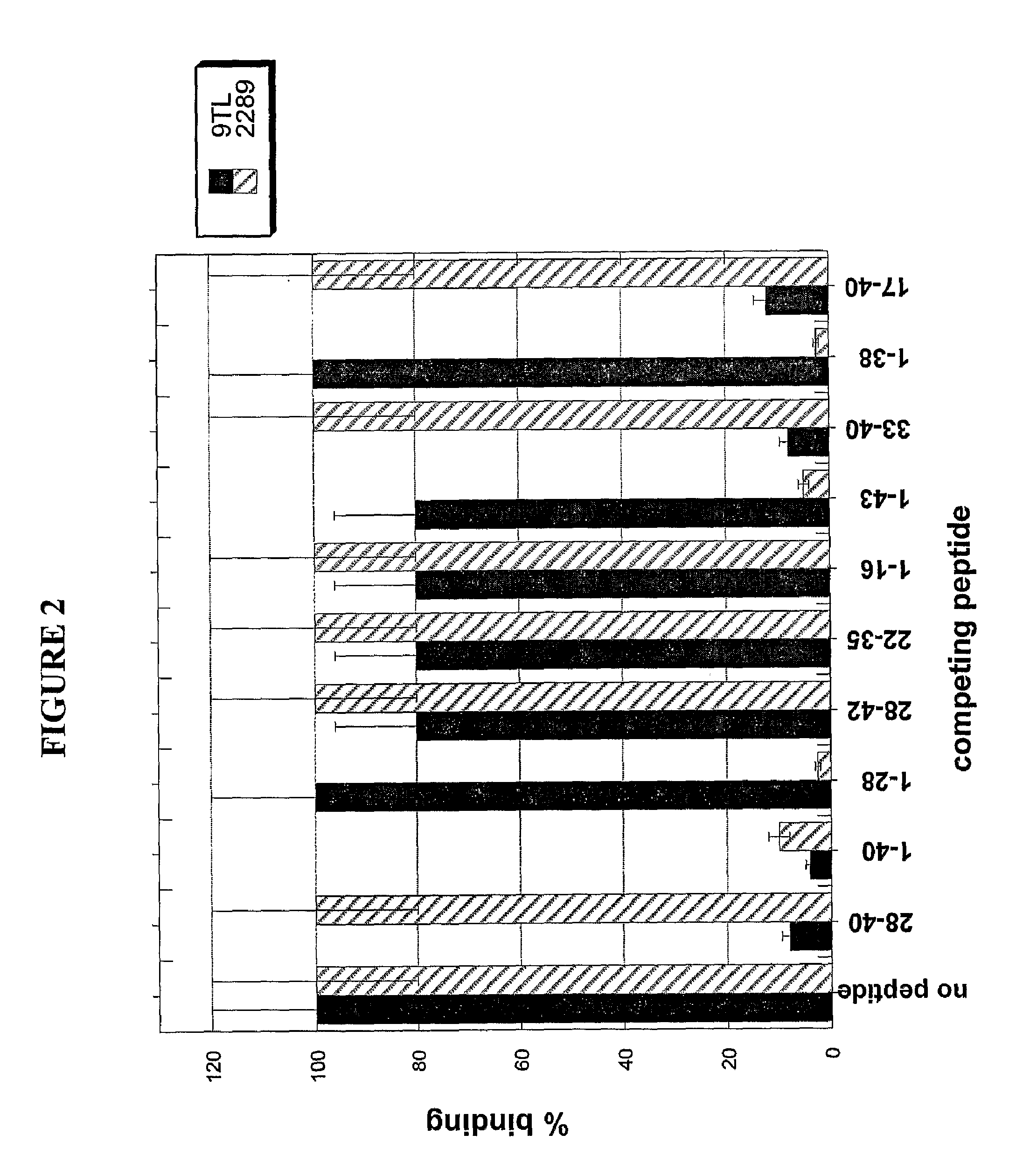Methods of treating ophthalmic diseases
a technology of ophthalmic diseases and treatment methods, applied in the direction of antibody medical ingredients, drug compositions, peptides, etc., can solve problems such as impaired effector function
- Summary
- Abstract
- Description
- Claims
- Application Information
AI Technical Summary
Benefits of technology
Problems solved by technology
Method used
Image
Examples
example 1
Binding Affinity Determination of Antibody 9TL and its Variants
A. General Methods
[0232]The following general methods were used in this example.
[0233]Expression Vector Used in Clone Characterization
[0234]Expression of the Fab fragment of the antibodies was under control of an IPTG inducible lacZ promotor similar to that described in Barbas (2001) Phage display: a laboratory manual, Cold Spring Harbor, N.Y., Cold Spring Harbor Laboratory Press pg 2.10. Vector pComb3X), however, modifications included addition and expression of the following additional domains: the human Kappa light chain constant domain and the CHI constant domain of IgG2a human immunoglobulin, Ig gamma-2 chain C region, protein accession number P01859; Immunoglobulin kappa light chain (homosapiens), protein accession number CAA09181.
[0235]Small Scale Fab Preparation
[0236]Small scale expression of Fabs in 96 wells plates was carried out as follows. Starting from E. coli transformed with a Fab library, colonies were pi...
example 2
Characterization of Epitope on A(1-40 Peptide that Antibody 9TL Binds
[0247]To determine the epitope on Aβ polypeptide that is recognized by antibody 9TL, Surface Plasmon Resonance (SPR, Biacore 3000) binding analysis was used. Aβ1-40 polypeptide coupled to biotin (Global Peptide Services, CO) was immobilized on a streptavidin-coated chip (SA chip). The binding of Aβ antibodies Fab fragments (at 50 nM) to the immobilized Aβ1-40 in the absence or presence of different soluble fragments of the Aβ peptide (at 10 pM, from American Peptide Company Inc., CA). Amino acid sequences of Aβ1-40, Aβ1-42, and Aβ1-43 are shown in below in Table 4. The Aβ peptides which displaced binding of antibody 9TL Fab fragment to Aβ1-40 were Aβ2840, Aβ1-40, Aβ33-40, and Aβ17-40, respectively (FIG. 2). Thus, antibody 9TL binds to a C-terminal peptide (33-40) of Aβ1-40. As shown in FIG. 2, the Aβ1-28, Aβ28-42, Aβ22-35, Aβ1-16, Aβ1-43, and Aβ1-38 peptide did not inhibit the binding of antibody 9TL Fab fragment, ...
example 3
Generation of Monoclonal Antibody 2H6 and Deglycosylated 2H6
[0249]A. Generation and Characterization of Monoclonal Antibody 2H6
[0250]Mice were immunized with 25-100 μg of a peptide (amino acid 28-40 of Aβ1-40) conjugated to KLH in adjuvant (50 μl per footpad, 100 μl total per mouse) at about 16 consecutive week intervals as described in Geerligs H J et al., 1989, J. Immunol. Methods 124:95-102; Kenney J S et al., 1989, J. Immunol. Methods 121:157-166; and Wicher K et al., 1989, Int. Arch. Allergy Appl. Immunol. 89:128-135. Mice were first immunized with 50 μg of the peptide in CFA (complete Freud's adjuvant). After 21 days, mice were secondly immunized with 25 μg of the peptide in IFA (incomplete Freud's adjuvant). Twenty three days later after the second immunization, third immunization was performed with 25 μg of the peptide in IFA. Ten days later, antibody titers were tested using ELISA. Fourth immunization was performed with 25 μg of the peptide in IFA 34 days after the third im...
PUM
| Property | Measurement | Unit |
|---|---|---|
| Magnetic field | aaaaa | aaaaa |
| Molar density | aaaaa | aaaaa |
| Affinity | aaaaa | aaaaa |
Abstract
Description
Claims
Application Information
 Login to View More
Login to View More - R&D
- Intellectual Property
- Life Sciences
- Materials
- Tech Scout
- Unparalleled Data Quality
- Higher Quality Content
- 60% Fewer Hallucinations
Browse by: Latest US Patents, China's latest patents, Technical Efficacy Thesaurus, Application Domain, Technology Topic, Popular Technical Reports.
© 2025 PatSnap. All rights reserved.Legal|Privacy policy|Modern Slavery Act Transparency Statement|Sitemap|About US| Contact US: help@patsnap.com



